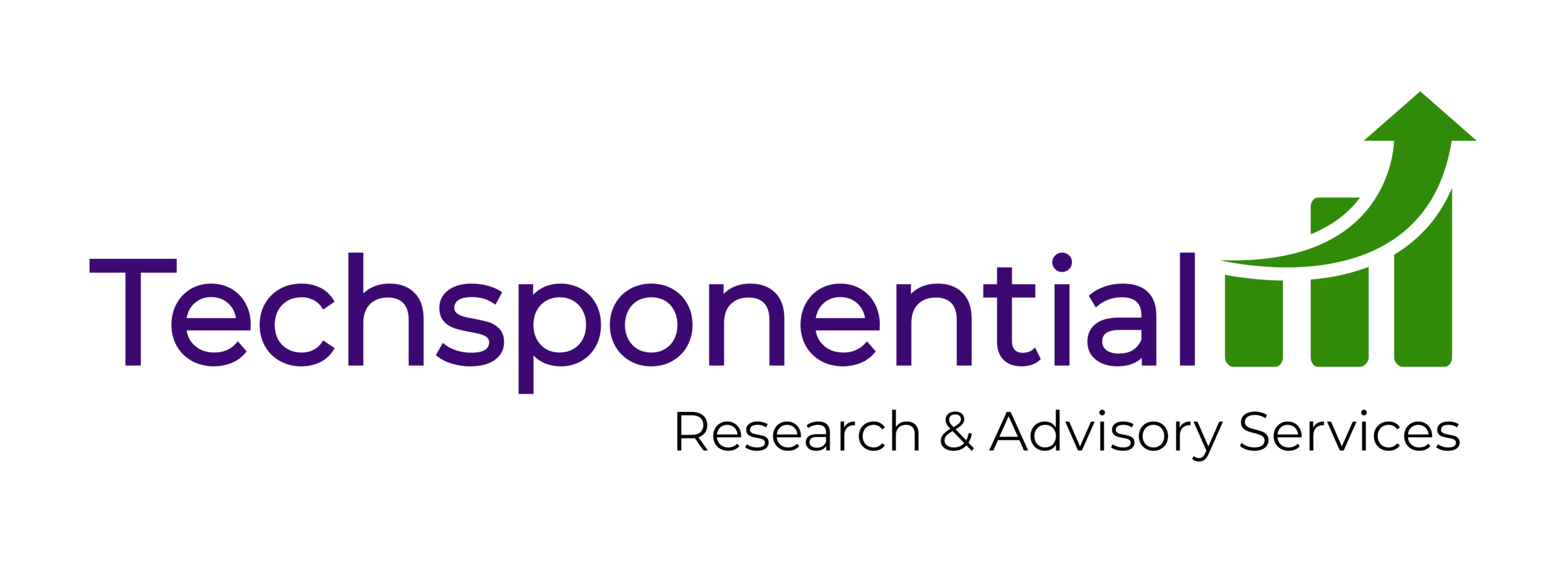LG Reorganizes Business Units Hoping for Better Product and Go-to-Market Fit
With all the upheaval in South Korean politics, Intel management drama, and the usual end of year chaos, it is easy to have missed news that LG Electronics is planning a major reorganization. Starting on December 1, LG Electronics is restructuring its divisions (“companies”) and adding the word “Solutions” to all of them. The structural changes tie ThinQ and robotics directly to the home and suggest further investment is being made in webOS. However, major challenges remain.
Parsing LG’s press release is challenging if you aren’t already familiar with LG’s existing structure. Here are the four divisions as they were in 2024, and the four new divisions as planned for 2025. It appears that all the groups that were in LG Platform Business Center are being split out into the product divisions, and a new HVAC division is being created. I created a reorg chart below and color coded business segments that are moving to make it easier to follow.
Home Solutions
Home Solutions, formerly Home Appliance & Air, is getting partial control over the Platform Business Center, which owns LG’s ThinQ, along with LG’s Robotics Business. These moves suggest that LG not unreasonably expects robotics to be relevant to consumer applications, whether as part of appliances or as autonomous cleaning or service bots. ThinQ is LG’s home automation and AI platform, so putting it fully inside the business unit where it is most needed makes a lot of sense. However, LG also says that it intends to apply ThinQ AI to automotive and commercial spaces, too, so the mandate for ThinQ is extremely broad. That is a problem, as ThinQ already needed a lot of investment. ThinQ is not as capable as other automation platforms, and it is largely LG-only in an increasingly heterogeneous world. LG also isn’t taking this opportunity to rebrand ThinQ with a new name or just a change in its English pronunciation (astonishingly, LG pronounces it, “thin-queue,” not “think”).
LG Reorg Chart
Even if LG does build up ThinQ’s technical capabilities and reach, LG lacks its own smartphone to center its automation around – or even a tablet. The other option, LG’s popular TVs, remain in a different business unit. Finally, LG is moving its air conditioning business out of Home Solutions and into the newly formed Eco Solutions. For its larger system that certainly makes sense, but shouldn’t residential wall units, ductless systems, and heat pumps be core parts of the digital home?
Samsung has a more comprehensive product line, and it too has long squandered the opportunity to use its SmartThings platform to tie Samsung phones, TVs, and appliances together and provide meaningful ecosystem advantages. For now, the companies doing the best job of creating cross-device capabilities are Xiaomi – though this is most pronounced in China – and Amazon – though the latter has not found a way to monetize it.
Media Entertainment Solutions
LG Home Entertainment is being renamed LG Media Entertainment Solutions. In addition to televisions and webOS, Media Entertainment Solutions is getting both the Information Display and Information Technology business units from the now-dissolved Business Solutions division. The idea is that these are all display-heavy segments, so they should be managed together. That’s fine from a technology and supply chain perspective because a TV for the home, a TV for a hotel, a computer monitor, and a digital sign at retail might all be using the same core LED or OLED panels. However, the sales channels are completely different across each business. Plus, LG’s TVs could/should be a ThinQ home hub, but that is in Home Solutions.
Perhaps a bigger problem is that in my recent report on LG’s MyView monitor line I found that webOS simply isn’t ready to be a line-of-business OS. LG will need to invest in both the OS itself and a developer program if it wants to take it beyond the most basic digital signage needs.
LG’s gram line of PCs appears to be placed in the Media Entertainment Solutions division as well. LG’s PC monitors for productivity and gaming are excellent, but its PCs are a forgotten product category that desperately needs marketing investment. LG’s PCs are impressively thin and light but there are a limited number of SKUs, no AMD or Qualcomm options, and no clear integration points with other LG products.
Eco Solutions
LG is bullish on HVAC for B2B, and notes that this business is more project-driven, so it is spinning that out of Home Appliances and into its own division, Eco Solutions. If the name suggests more green tech than industrial air conditioning, well, LG is moving the EV charging business from Business Solutions over here, too. LG considers the B2B segment of clean tech to be one of “LG’s key future growth engines.”
This certainly could have been moved to Vehicle Solutions instead, but LG’s EV charging is also a project-oriented business, so combining them at least makes some sense from a Go-To-Market perspective.
Vehicle Solutions
LG Vehicle Component Solutions is dropping “Component” from its name to pretend that LG is more holistic than before, but nothing else changes, including acquisitions such as automotive lighting systems ZKW Group, vehicle cybersecurity Cybellum, and a joint venture, LG Magna e-Powertrain.
Finally, because you can’t have a major corporate initiative these days without at least considering the impact of AI, LG’s Chief Strategy Office will oversee “AI acceleration and respond to global AI developments.” The Chief Digital Office, previously responsible for the last amorphous buzzword, digital transformation, will now be called the DX Center and will be moved under the CSO, focusing on using generative AI to improve business performance.
To discuss the implications of this report on your business, product, or investment strategies, contact Techsponential at avi@techsponential.com.


